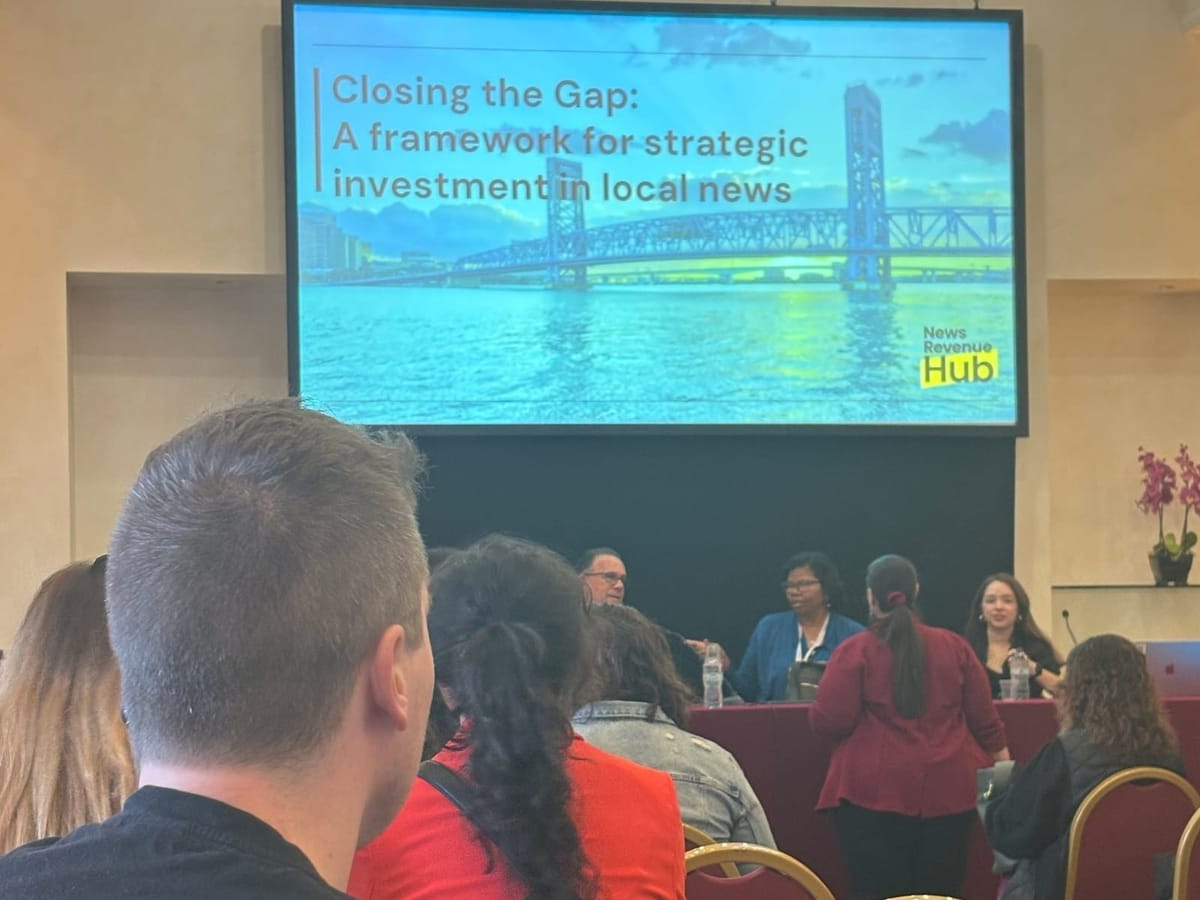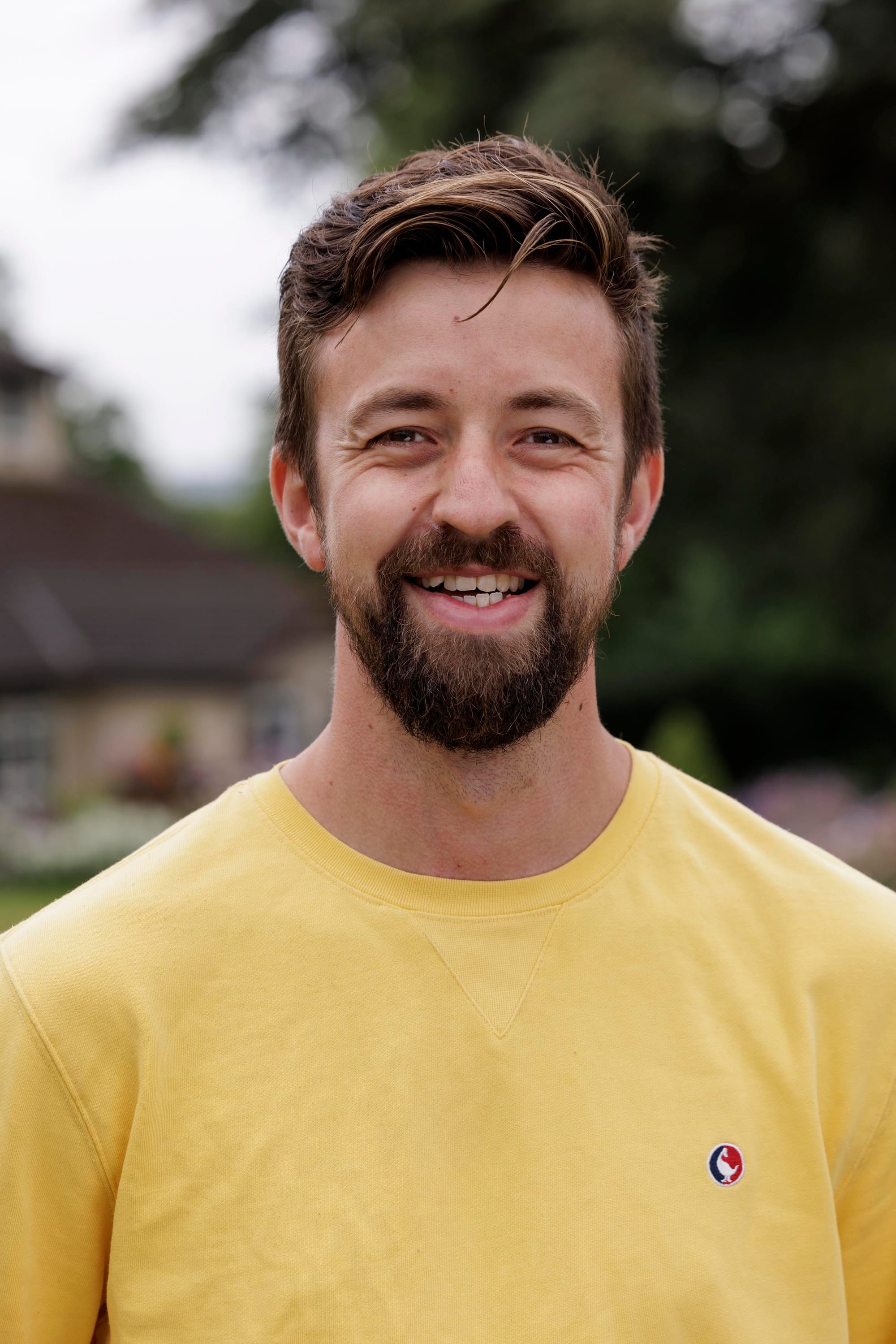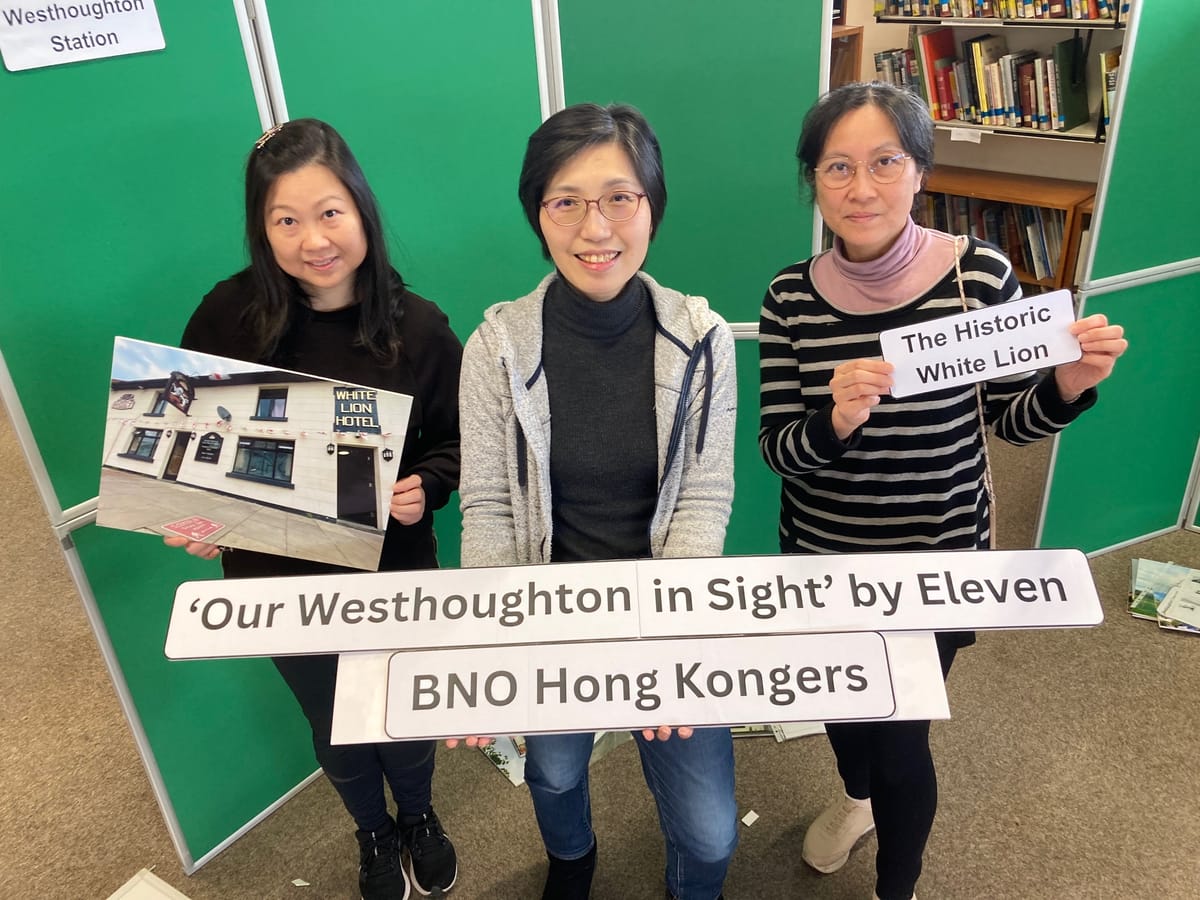At this year’s International Journalism Festival in Perugia, Italy, I attended a panel that struck a personal chord — not just as a journalist, but as a contributor to The Howfen Journal, your new Westhoughton newspaper rooted in the community.
The panel, “Closing the Gap: Aligning Local News with Community Needs”, raised pressing questions about the future of local journalism—not just in US cities like San Antonio and Jacksonville, but in towns like Westhoughton too.
Exploring how local news outlets can better serve their audiences by directly addressing their needs was the focus of a panel featuring Dale Anglin of Press Forward, Jim Brady (Knight Foundation), Jonathan Heawood (Public Interest News Foundation), and Sarah Bishop-Woods, chief of staff, News Revenue Hub. In the US, this focus has manifested in national initiatives such as Press Forward, which undertakes targeted research to understand community journalism needs.
With a catalyst fund providing $100–250 million to local outlets—whether at the city or state level—Press Forward, a philanthropic coalition with over 36 chapters nationwide, is working to strengthen local communities and reinvigorate local news.
Discussing an example from Cleveland, an area that is predominantly Black, Brown, and low-income, Dale Anglin highlighted how many residents didn’t rely on the city’s legacy newspaper, which mainly covered “crime and sports”—but instead turned to trusted community members like “Shirley and Jackie.” While not everyone necessarily liked them, they were recognised as reliable sources within the community.
Anglin emphasised the importance of including more than just funders “at the table,” advocating for the involvement of “librarians and other people in the mix” to ensure local news truly reflects and serves the community.
In the UK, the outlook is even bleaker. Decades of cutbacks have hollowed out local newspapers, while major publishers like Reach are closing or centralising titles. Around 4 million people now live in what Heawood describes as “dry lands”—areas with minimal local news provision—while others reside in “news deserts,” where no journalist consistently reports on local affairs.
Heawood noted that most local publications are increasingly “skewed” toward national coverage, especially during general elections, where the focus is often on “Punch and Judy politics” rather than the local candidates who are actually on the ground and in the race.
Despite the challenges in establishing an independent press, there is hope. Outlets like The Manchester Mill, The Bristol Cable, and Sheffield Tribune are pioneering community-led models that prioritise their readers. However, towns such as Leigh in Greater Manchester face a stark reality: minimal news coverage limited to patchy social media updates or occasional reports from neighbouring areas. Consequently, Leigh is not only missing reliable news but also the crucial sense of connection that comes from the local community being seen and heard.
However, Heawood argues that the challenges are structural, stating we are "heading fast down an escalator" of a "political, economic, social and technological environment" that is "incredibly hostile to local news." He emphasises the role of the national press and government, as well as Big Tech, local and central government, and the BBC, in addressing this. Heawood stresses that local news needs to ASPIRE, an initiative championed by the Public Interest News Foundation. This means meeting audience needs, establishing sustainable revenue streams, serving the public interest, and being innovative and engaging. Using the metaphor of bland "spinach," he contends that if local news is uninspired, no one will want to consume, let alone pay for it.
In 2018, the Conservative Government commissioned the Cairncross Review to explore the future of high-quality journalism in the UK. The report raised concerns about the dominance of Facebook and Google in the advertising market and the regulation of news outlets by tech giants. It also noted how debt-ridden publishers had cut investment and laid off hundreds of journalists to sustain profits. For example, the number of frontline journalists fell from approximately 23,000 in 2007 to just 17,000 by 2016.
The path forward remains uncertain, with the Cairncross Review recommending the establishment of a public news foundation to allocate funding from government and other sources. Alternative suggestions included local and central government paying for advertising in local publications, and national publishers receiving subsidies to support them. Organisations like the Public Interest News Foundation (represented on the Perugia panel) are already funding newsrooms committed to working with their audiences, rather than simply reporting on them. Small grants, targeted investment, and support for independent ownership present models for a more sustainable future.
The panel in Perugia reignited my initial passion for journalism: to champion the local community, ensure its representation, and amplify its stories and needs. That’s exactly what we’re trying to do at The Howfen Journal. Like others in this new wave of independent newsrooms, we believe local news should be rooted in relationships, not algorithms — and shaped by the voices of people who actually live here.
Reviving local journalism is about more than nostalgia — it’s about civic strength. If towns like Westhoughton are going to be heard, we need to build platforms that reflect and respond to our communities. The tools are available; we just have to use them.




